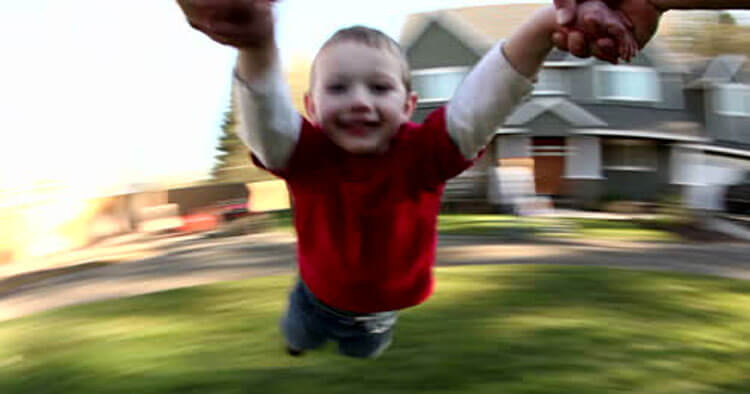Back and Joint Pain, Sports Injuries and Management
Nursemaid’s Elbow AKA Pulled Elbow
What is Nursemaid’s Elbow?
Nursemaid’s Elbow is a common elbow injury in young children. The injury usually occurs in children aged five or younger. And can even occur in babies under the age of one. There are also reports of adults experiencing nursemaid’s elbow, however this is very uncommon.
The injury is a subluxation of the radius at the elbow joint. Where this subluxation refers to the bone slipping out of its normal anatomical position. The slippage is of the head of the radius under the supporting annular ligament. It is common in children because in children the lower attachment of the annular ligament which is covering the radial head is weaker than in adults. Meaning it is more easily torn allowing this slippage. The condition becomes less common with increasing age, because with age the ligament strengthens. Providing more support to the radial head.
What Causes Subluxation Of The Radius?
The classic mechanism required to cause nursemaid’s elbow is that of a sudden pull on a young child’s arm. Hence it is also referred to as “pulled elbow”. If during such pull the arm is in a certain position, the radial head is susceptible to subluxation causing the injury. Typical events that cause the injury include:
- A parent or carer pulls on the toddlers arms as they lift them up over an obstacle.
- A toddler walking along held by their hand has their hand pulled as the child and adult lurch in opposite directions.
- In trying to prevent a child from falling an adult or older sibling suddenly pulls the child by his or her hand.
- Forcibly pulling an infants arm through the sleeve of a sweater or jacket.
- Swinging or spinning a child around by their arms when playing.
How To Spot Nursemaid’s Elbow
The condition is normally unilateral in presentation. However, it is possible for nursemaid’s elbow to occur at both elbows at the same time. Stopping a fall, lifting a child, or playing vigorously whilst holding both hands could potentially injure both elbows at the same time.
Many of the above listed situations causing subluxation are regular events in a toddlers life. Therefore nursemaid’s elbow injury can happen during several common day to day situations. This means when tracing back to find a cause of their elbow pain, there may often seem to be no notable history. Where a particular event isn’t always recalled by the adult, or child.
What to look for is:
- that the toddler usually aged between 1-4 years old
- suddenly refuses to use their arm
- and may often be seen to be supporting the weight of their affected arm with their other hand
- keeping their elbow it in a slightly bent position and/or holding their arm against their body.
The cause is almost always a traction force applied to an extended elbow, with the forearm pronated. Meaning a straight arm where the palm is facing more backwards (or down) than forwards (or up).
- Swelling, heat, redness and or bruising are not always present or significant with this injury.
- Pain and avoidance of using the arm are usually the dominant feature, however the pain is not normally extreme.
Treatment Of Nursemaid’s Elbow
Diagnosis of nursemaid’s elbow is usually suspected from the history of events and investigations are not necessary. However X-rays can be used to rule out fractures and other conditions. As well as confirming the diagnosis of a subluxed radial head. Similar to X-ray and not normally necessary, ultrasound or MRI imaging to assess for any annular ligamentous injury and any displacement of the radial head may also be used.
Treatment is focused on reducing the subluxation. Through manipulating the arm so the radial head is returned to its’ anatomical position. Generally prognosis is excellent, and no permanent injury results from this condition. Immobilisation following reduction is not always necessary and may vary depending on the specialists opinion. For repeat episodes, casting may be used to allow the ligaments around the elbow to heal and to avoid developing general laxity at the joint. The chance of recurrence is somewhat high. Therefore parents need to be diligent both them and their child avoid future high risk traction events to the elbow, to help minimise risk.
Disclaimer: Sydney Physio Clinic does not endorse any treatments, procedures, products mentioned. This information is provided as an educational service and is not intended to serve as medical advice. Anyone seeking specific advice or assistance on Nursemaid’s Elbow AKA Pulled Elbow should consult his or her general practitioner, physiotherapist or otherwise appropriately skilled practitioner.


